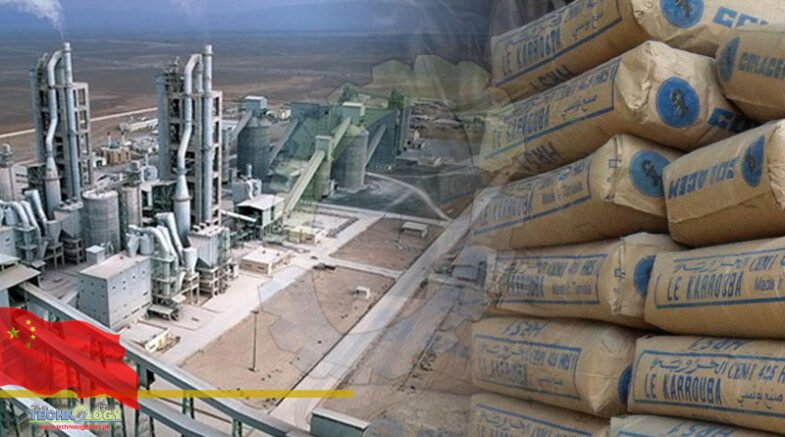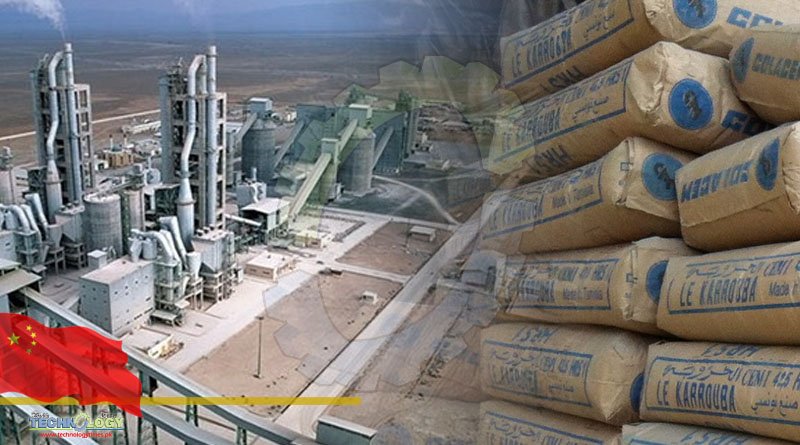Cement production in China is not only focused on reducing emissions, but is also consciously trying to reduce the amount of non-renewable energy required to run its cement plants.

Cement production in China is not only focused on reducing emissions, but is also consciously trying to reduce the amount of non-renewable energy required to run its cement plants.
China has witnessed a construction boom and thus an enormous amount of cement use in the past decades. At the same time, cement manufacturing technology has been upgraded rapidly by the cement industry.
A study published in Nature’s Communications Earth & Environment journal find that novel suspension preheater rotary kilns account for approximately 99% of China’s cement production in 2021.
Based on national and provincial-level data, the study chooses regression models for life cycle assessment, and scenario analyses to present the evolution and environmental impacts of cement manufacturing technologies from 1996 to 2021.
By 2021, technology upgrades had led to a mitigation of pollution from cement manufacturing by 25% to 53%. These findings can help inform credible pathways towards a more sustainable and environmentally friendly cement industry.
Globally, approximately 40% of global final energy use and energy and process related greenhouse gas emissions are caused by buildings and construction activities in which cement is an essential ingredient. With the rapid growth in urbanization and modernization, the consumption and production of cement in building construction have increased remarkably.
Since 1985, China has become the largest producer of cement; in 2018, cement production in China accounted for approximately 56% of global cement production.
Cement production in China is not only focused on reducing emissions, but is also consciously trying to reduce the amount of non-renewable energy required to run its cement plants.
The country has more than 60 cement kilns in operation that co-process municipal waste, with five million tpa (terephthalic acid) of crude garbage disposed. This accounts for 2.5% of the total municipal waste collected.
The China Cement Association plans to phase out all the older plants within three years, which will reduce clinker production by 7.5% (134 million tpa). That’s the equivalent of reducing cement production capacity by 210 million tpa.
China’s Cement production is attempting to meet market demands, while simultaneously focusing on sustainability and compliance with legislation.
For five years, the ‘defending the blue sky’ production suspension scheme has been in practice. This involved cement plants in some areas shutting down for one to two months during the winter period to avoid the superposition of pollutants generated and minimise the impact on air quality.
